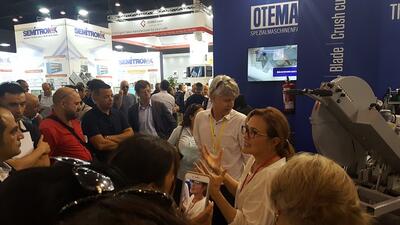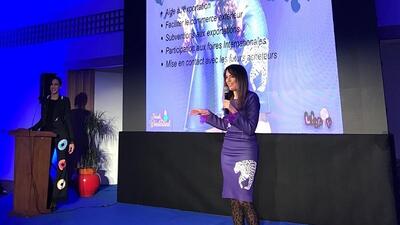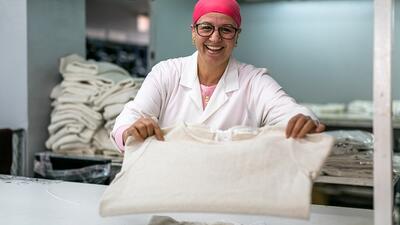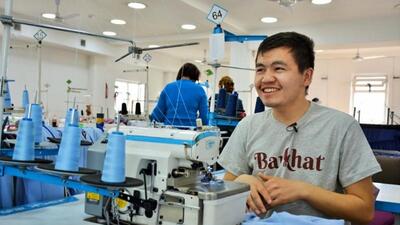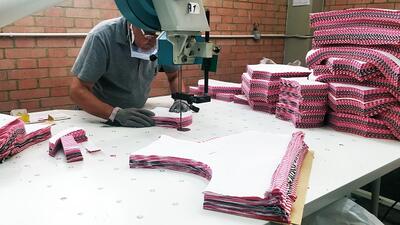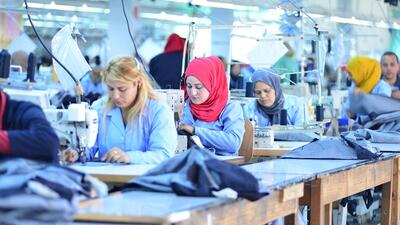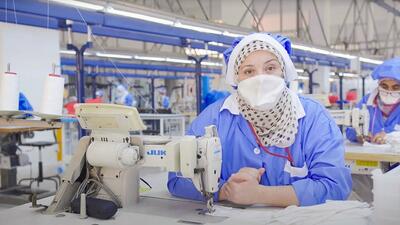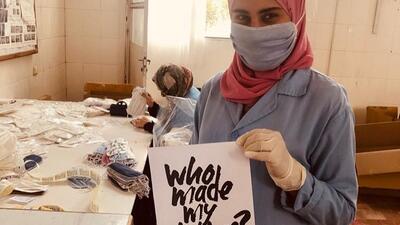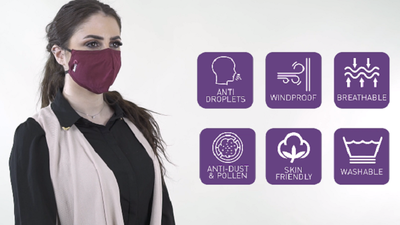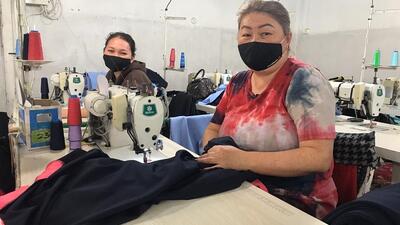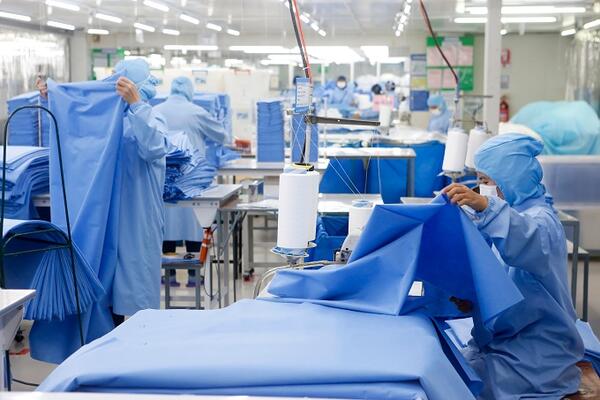
ITC study reveals Egypt’s export potential in the medical apparel sector
Egypt is in a position to become a regional player in the medical apparel sector; however, first several constraints and challenges need to be mitigated, a new study by the International Trade Centre revealed. The country can unlock significant local demand and tap into a large export market if it is able to organize its domestic market and institutions, potential valued of $18.6 billion.
In 2020, the International Trade Centre’s SME Competitiveness Outlook report acknowledged Egypt’s potential in taking regional leadership in exports of synthetic nonwoven fabrics, an essential material for filtered mask production.
2020 has been a pivotal year for Medical Apparel due to the spread of COVID-19. The pandemic had a significant impact on the sector and resulted in several changes, including, among others, a surge in demand for medical clothing; due to supply chain policy regulations requiring the public to wear face protection, as well as increased hospital demand.
As a consequence, the market for Medical Apparel sector grew by a staggering 46%, and consumption is expected to grow at around 5.4% until 2027in North America, Europe, Middle East and Africa. These markets represent around 75% of the global sector with a value of approximately $47.3 billion in 2019. Due to its proximity and duty-free access, Egypt has preferential access to most of them.
Hence, ITC’s Global Textiles and Clothing Project (GTEX/MENATEX) in Egypt commissioned the Technical Textiles – Medtech Study analyzing Egypt’s potential to play a more important role in supplying medical clothing such as drapes, scrubs, and gowns, gloves, facial protection, sterilization wraps, protective apparel, and others to the domestic and international market. While the global Medical Apparel sector was valued at close to $63 billion in 2019, the study also found that Egypt has a total accessible market of around $18.6 billion for medical and hygiene textiles and medical apparel.
Matthias Knappe, Head of the Fibres, Textiles and Clothing Programme at ITC, explains that “growing this sector in Egypt requires innovation, sensitization of the relevant authorities on the importance of protective apparel and the ability to produce them locally, as well as by creating an enabling business environment for the local industry to grasp identified opportunities”. He adds “under our GTEX/MENATEX project, we are supporting beneficiary companies to reorient part of their production into medical apparel, a crucial action to help them seize new opportunities in Egypt and abroad.”
Hany Sallam, board member of the Egyptian Textile & Home Textiles Export Council (THTEC) and manufacturer of technical textiles, is among the enthusiastic stakeholders looking forward to exploring the medical apparel sector in the country "the COVID-19 brought us new opportunities to oversee the crisis and find long-term alternatives to invest in the Egyptian MedTech sector and to increase our presence in the global market." He celebrates the study commissioned by ITC's GTEX/MENATEX project "this is a unique study that for the first time focuses on a very specific subsector namely the Medical Apparel and gives access to insightful information and guidelines on how to overcome the weaknesses and challenges of our national sector as well as recommendations for accessing untapped opportunities."
Major findings and recommendations
Egypt has a significant opportunity to grow its medical garment manufacturing, starting by organizing its local market and creating a sizeable local demand that could be served by Egyptian suppliers. By structuring the domestic market and by meeting international standards, Egypt could explore its potential to become a regional supplier of medical apparel.
The Egyptian Medical Apparel sector is still significantly underdeveloped. Overall, the market is characterized by the absence of enforceable standards and reliable testing facilities. Moreover due to the lack of proper monitoring and limited awareness of the importance of Medical Apparel, relatively lower quality medical garments and textiles as produced and sold in Egypt.
In addition, the country suffers from the absence of qualified laboratories that can conduct the variety of tests required for the production and export of medical textiles. As a result, Egyptian manufacturers are forced to send their products abroad for testing and have to rely on foreign laboratories and institutions for the certification of their facilities and products. The certificate could run into the tens of thousands of US Dollars or Euros, which could be difficult for SMEs to finance.
To overcome these challenges and capitalize on current opportunities, Egypt needs to take several actions on different levels to reach the desired results. To start with the government, it should establish qualified laboratories and testing facilities. The Ministry of Health should consider removing the regulation requiring in-house laundries in hospitals and encourage the establishment of qualified industrial laundries for medical garments in Egypt, the study recommends.
As for the private sector, it should grasp the opportunity of supplying the healthcare industry,identifying higher value-added products. Technical support to local manufacturers to improve quality, efficiency and increase value addition in the production of Medical Apparel would be required to achieve this. In parallel, the establishment of a Medical Apparel Board, advisory board or lobby group of manufacturers of medical fabrics and apparel to represent the industry's interests and take the lead driving the change would be a key developing step.
For more information on the recommendations and opportunities, check the study available in English and Arabic.
About the programme
The GTEX MENATEX programme is funded by the State Secretariat for Economic Affairs (SECO) of the Swiss Confederation and the Swedish International Development Cooperation Agency (Sida), focusing on six priority countries (Egypt, Morocco, Jordan, Kyrgyzstan, Tajikistan and Tunisia). The programme aims to encourage exports of textiles and clothing from developing countries to promote employment and income generation throughout the value chain.




